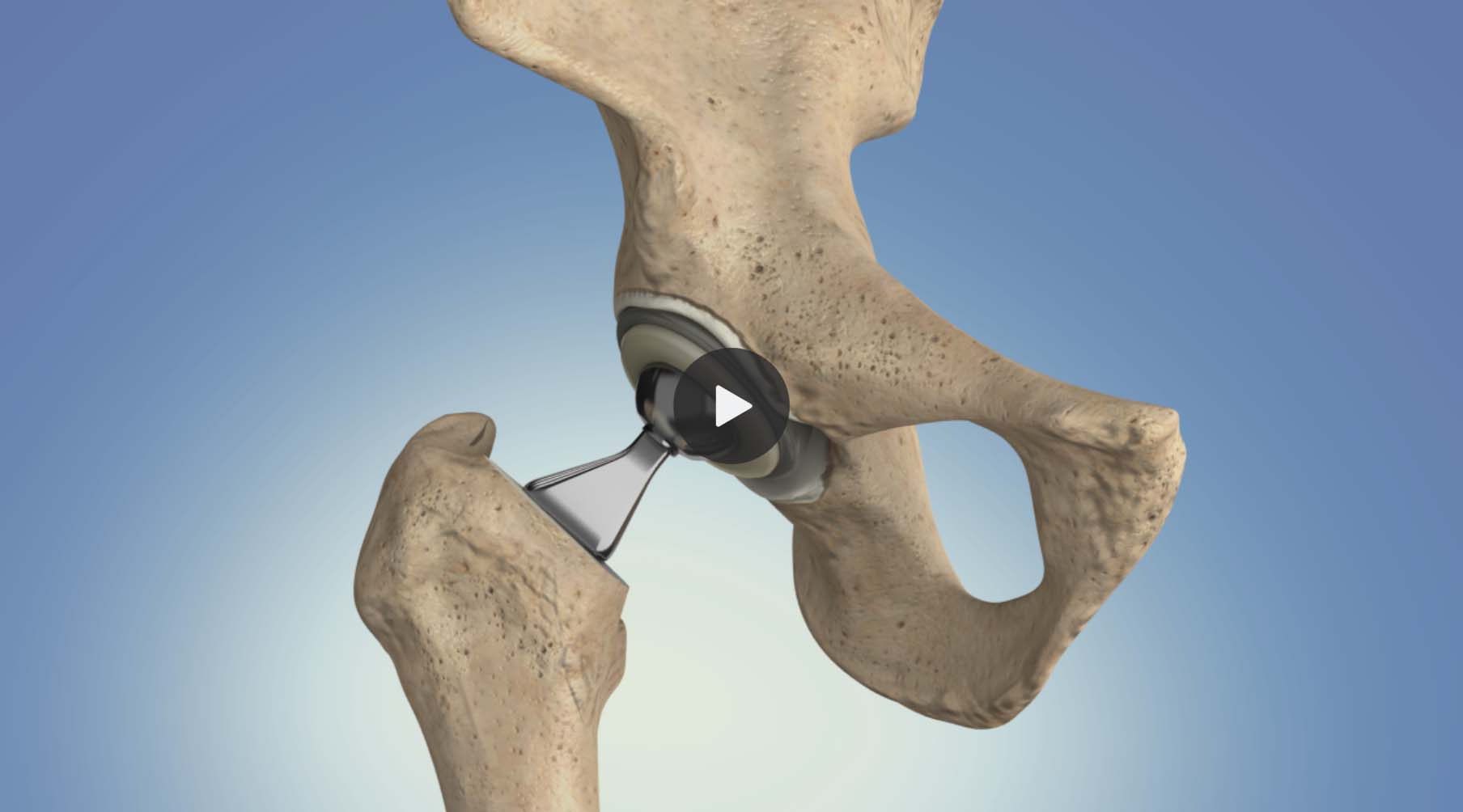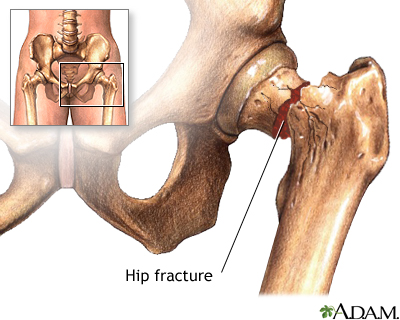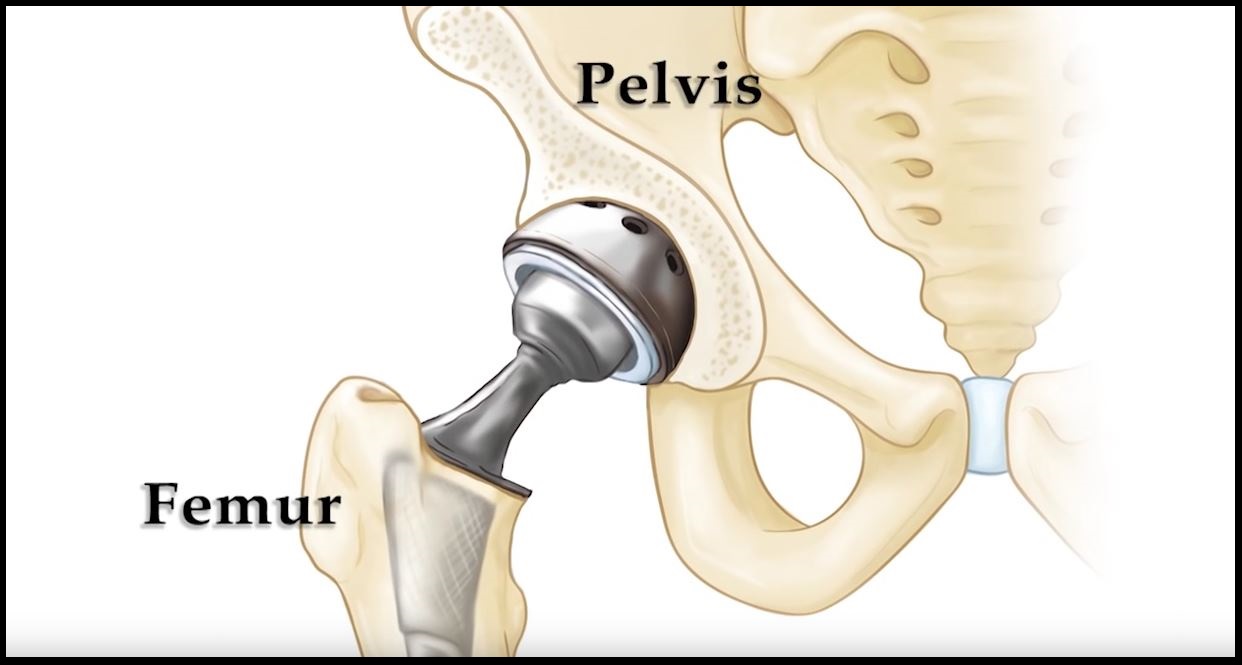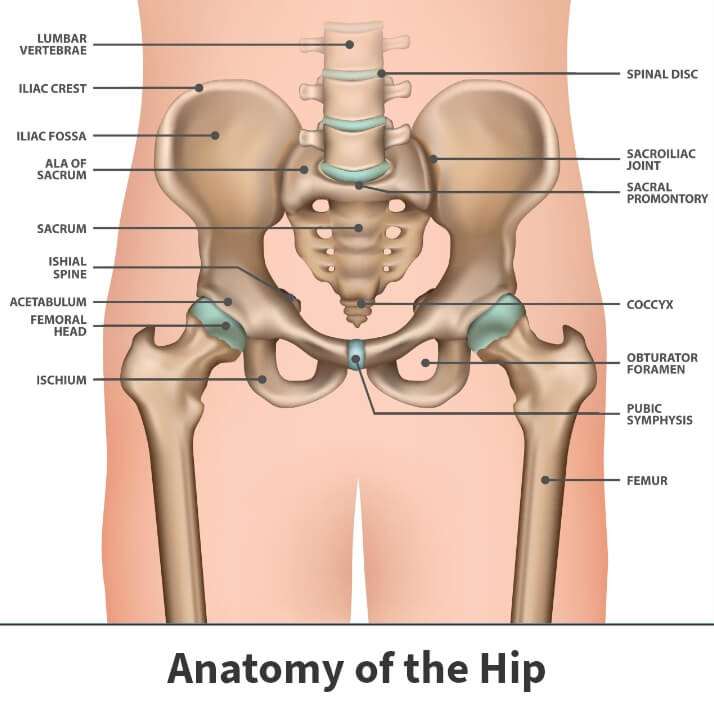Introduction
Hip replacement surgery is a procedure that involves replacing a damaged or diseased hip joint with an artificial one, also called a prosthesis. The surgery is usually done to relieve pain, improve mobility, and enhance the overall quality of life of patients who have hip problems. In this blog post, we will discuss the overview and history of hip replacement surgery.

Hip replacement surgery is considered essential for people suffering from severe hip pain or damage, which affects their daily life activities. The primary goal of the surgery is to relieve pain, but it also restores mobility and functionality. People who have arthritis, hip fractures, or any other condition that affects the hip joint are candidates for this surgery.
During the surgery, the damaged parts of the hip joint are removed, and a metal or ceramic prosthesis is implanted to replace them. The prosthetic parts are designed to mimic the natural hip joint, allowing patients to move their joint freely and without pain.
Hip replacement surgery is a highly successful procedure, with more than 90% of patients experiencing significant pain relief and increased mobility. The surgery can improve the quality of life of patients and allow them to return to their daily activities without any hindrance.
The history of hip replacement surgery
Hip replacement surgery has come a long way since its inception in the early 20th century. The first successful hip replacement surgery was performed in 1960 by Sir John Charnley, a British orthopedic surgeon. He used a metal ball and socket joint that was fixed to the bone with an acrylic cement.
Over the years, advancements have been made in the materials used for the prosthetic joint, surgical techniques, and anesthesia. Newer, better-designed prosthetic joints are now being used, which give better results and last longer. The development of minimally invasive surgical techniques has led to faster recovery and reduced scarring.
In conclusion, hip replacement surgery is a life-changing procedure that provides relief from hip pain and improves mobility. Patients who undergo this surgery have reported a significant improvement in their quality of life, allowing them to enjoy day-to-day activities freely. The history of hip replacement surgery shows how advancements in technology and surgical techniques have contributed to making this procedure highly successful and safe.

Understanding Bone and Joint Inflammation: Causes, Symptoms, and Treatments
Hip replacement: A surgical procedure that involves replacing a damaged hip joint with an artificial one
Promising Research and Developments for Rheumatoid Arthritis Treatments
Rheumatoid Arthritis in Children: Signs, Symptoms, and Treatment
Overcoming Fatigue and Depression Associated with Rheumatoid Arthritis
The Relationship Between Diet and Rheumatoid Arthritis Management
When to Seek Medical Help for Rheumatoid Arthritis
Key Differences Between Rheumatoid Arthritis and Osteoarthritis
Living with Rheumatoid Arthritis: Coping Strategies and Treatment Options
Understanding the Symptoms and Causes of Rheumatoid Arthritis
Types of Hip Replacement Surgeries
Total Hip Replacement Surgery
Total hip replacement surgery is the most common type of hip replacement surgery. It involves replacing the entire hip joint with a prosthetic one that consists of a metal stem, ball, and socket. During this surgery, the surgeon removes the damaged or diseased bone of the hip joint and replaces it with the prosthetic joint. This type of surgery is recommended for patients who have advanced arthritis or other severe hip joint conditions that affect the entire joint.
Partial Hip Replacement Surgery
Partial hip replacement surgery, also known as hemiarthroplasty, involves replacing only the damaged or diseased part of the hip joint, usually the femoral head or the ball of the hip joint. In this surgery, the surgeon removes the damaged part and replaces it with a prosthetic one. This type of surgery is recommended for patients who have a hip fracture or where only part of the joint is affected.
Both types of hip replacement surgeries are performed under general or spinal anesthesia. The recovery period for both types of surgeries can vary depending on the patient's age, health, and the extent of the surgery. Physical therapy and exercise are essential for faster recovery and to restore mobility and functionality of the hip joint.
Advancements in technology and surgical techniques have led to the development of minimally invasive surgeries for hip replacement. This type of surgery involves smaller incisions, less scarring, and faster recovery compared to traditional hip replacement surgery.
In conclusion, hip replacement surgery is a common procedure that can significantly improve a patient's quality of life. Total hip replacement surgery and partial hip replacement surgery are two types of surgeries that can be performed depending on the extent of the joint damage. Advancements in surgical techniques and technology have made the surgeries safer and with faster recovery periods. Patients considering hip replacement surgery should consult with their medical professionals to determine which type of surgery is best suited for them.

Advantages of Hip Replacement Surgery
Restoration of mobility and flexibility
Hip replacement surgery is a common surgical procedure that can help individuals restore their mobility and flexibility. When the hip joint is damaged due to arthritis, injury or other conditions, mobility can become limited and challenging. However, through hip replacement surgery, the joint is replaced with a prosthetic component, providing individuals with a new and functional hip joint. This new joint can improve the individual's ability to move freely without pain or discomfort, thereby improving their overall quality of life.
Reduction in the pain and discomfort
The primary advantage of hip replacement surgery is its ability to reduce pain and discomfort. Individuals suffering from severe hip pain due to arthritis or injury can find it challenging to engage in daily activities and lead a normal life. However, after the removal of the damaged hip joint and replacement with a new prosthetic joint, individuals can experience a significant reduction in pain. The new joint, made up of a durable material like metal or plastic, can help alleviate pain and discomfort, allowing the individual to return to a pain-free, active life.
Furthermore, advancements in technology and surgical techniques have continued to make hip replacement surgery safer and more effective. Today, minimally invasive surgical techniques mean that smaller incisions are made, leading to less scarring and faster recovery periods.
In conclusion, if an individual is suffering from severe hip pain and discomfort that limits their ability to perform daily activities, hip replacement surgery may be a viable option for them. With improved mobility, flexibility, and pain relief, the individual can regain their quality of life. It is always important to consult with a medical professional to discuss the available options thoroughly.

Preoperative Procedures
Consultation with an orthopedic surgeon
Before undergoing hip replacement surgery, an individual must consult with an orthopedic surgeon. The surgeon will evaluate the individual's medical history and perform a physical examination to determine if hip replacement surgery is the right option for them. The surgeon may consider factors such as the individual's age, overall health, and activity level before recommending surgery. The surgeon will also explain the benefits and risks associated with the surgery. It's important for the individual to provide accurate information to the surgeon during this consultation.
Diagnostic tests and imaging
The orthopedic surgeon may order diagnostic tests and imaging to evaluate the severity of the hip joint condition. These tests may include X-rays, MRI scans, and blood tests. The imaging tests can provide a detailed picture of the hip joint, allowing the surgeon to plan the surgery accurately. Blood tests can help identify any underlying medical conditions that may affect the surgery. The preoperative evaluation is crucial in ensuring that the individual is healthy enough for surgery and that the surgery will be a success.
In conclusion, preoperative procedures are crucial in determining if an individual is eligible for hip replacement surgery. A consultation with an orthopedic surgeon and diagnostic tests and imaging can provide valuable information about the individual's overall health and the level of hip joint damage. These tests can help the surgeon plan the surgery, ensuring its success, and reducing the risks associated with the surgery. It's essential for individuals to follow the preoperative procedures carefully and provide accurate information to the surgeon to ensure the best possible outcome.

Surgery Procedure Overview
Anesthesia and Incision
The first step in the hip replacement surgery procedure is administering anesthesia to the patient. This may be regional anesthesia or general anesthesia, depending on the patient's overall health and preferences. Once the anesthesia takes effect, the surgeon will create an incision in the skin over the hip joint. The incision may be 4 to 10 inches long, depending on the type of surgery and the patient's body size. The surgeon will then carefully retract the soft tissues surrounding the hip joint, allowing access to the hip socket and femur.
Removal of Damaged Joint and Tissues
Following the incision, the surgeon will remove the damaged joint and tissues around it. This may involve dislocating the hip joint from the socket to allow for better visualization of the joint. The surgeon will then remove the damaged cartilage and bone from the hip socket and the femur. The surgeon will use specialized instruments such as saws, chisels, and drills to precisely remove the damaged joint, while preserving as much healthy bone as possible.
The surgeon will then prepare the remaining bone to receive the hip implant. This involves shaping the socket to match the implant shell and inserting a metal stem into the femur. The surgeon may use cement to secure the implant to the bone or rely on the patient's own bone to grow and fuse with the implant over time.
In conclusion, hip replacement surgery is a complex surgical procedure that requires careful planning and execution. Anesthesia and incision are the first steps in the surgery, followed by the removal of damaged joint and tissues. The surgeon then prepares the remaining bone for the hip implant, ensuring a perfect fit and functional alignment of the leg. With advancements in surgical techniques and implants, hip replacement surgery has become a common and effective procedure for relieving pain and restoring mobility in individuals with severe hip joint damage.

